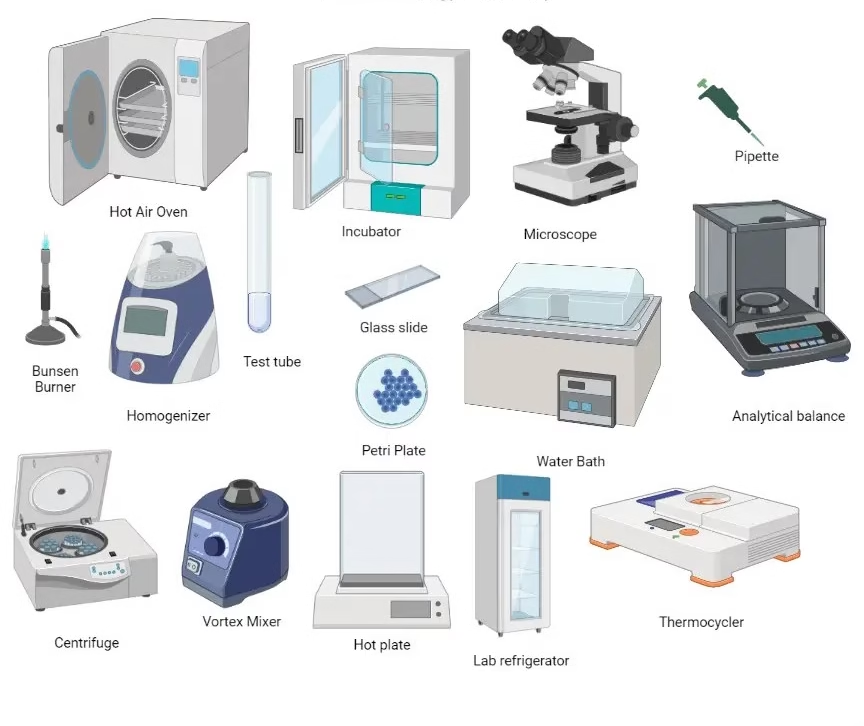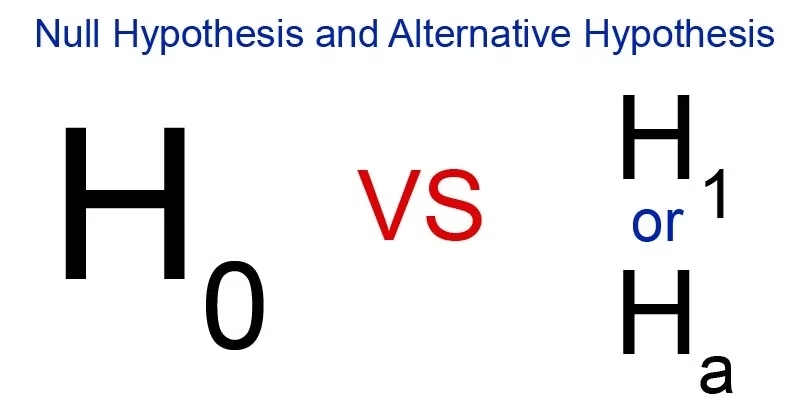Laminar Flow Hood / Cabinet – Principle, Types, Parts, Procedure, Applications & Precautions
A Laminar Flow Hood (also called Laminar Flow Cabinet) is a special enclosed workstation designed to maintain a contamination-free environment in laboratories.









